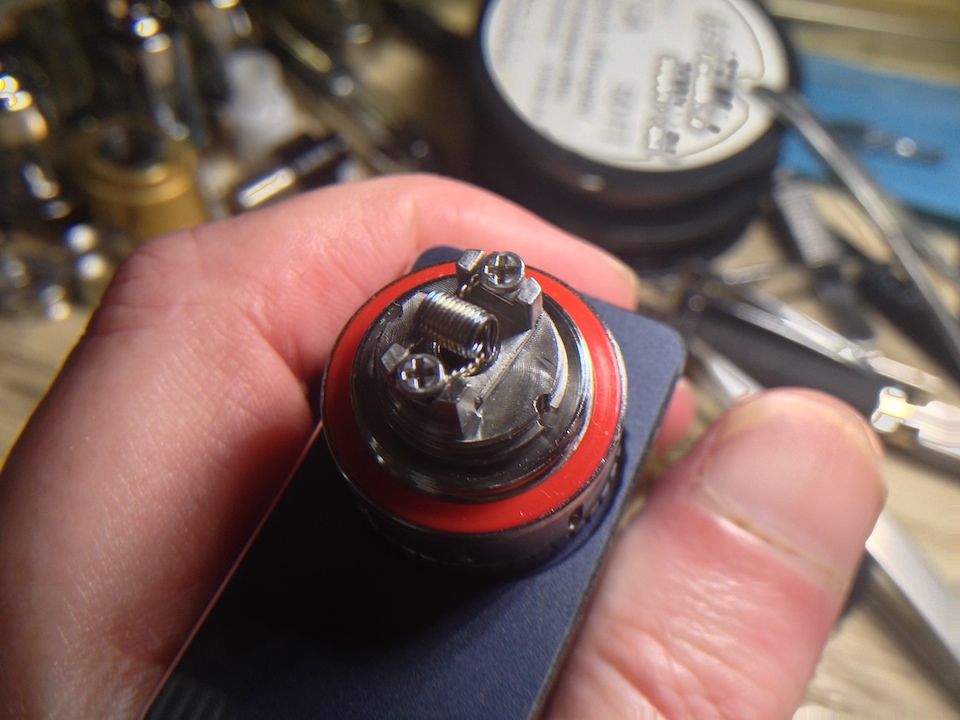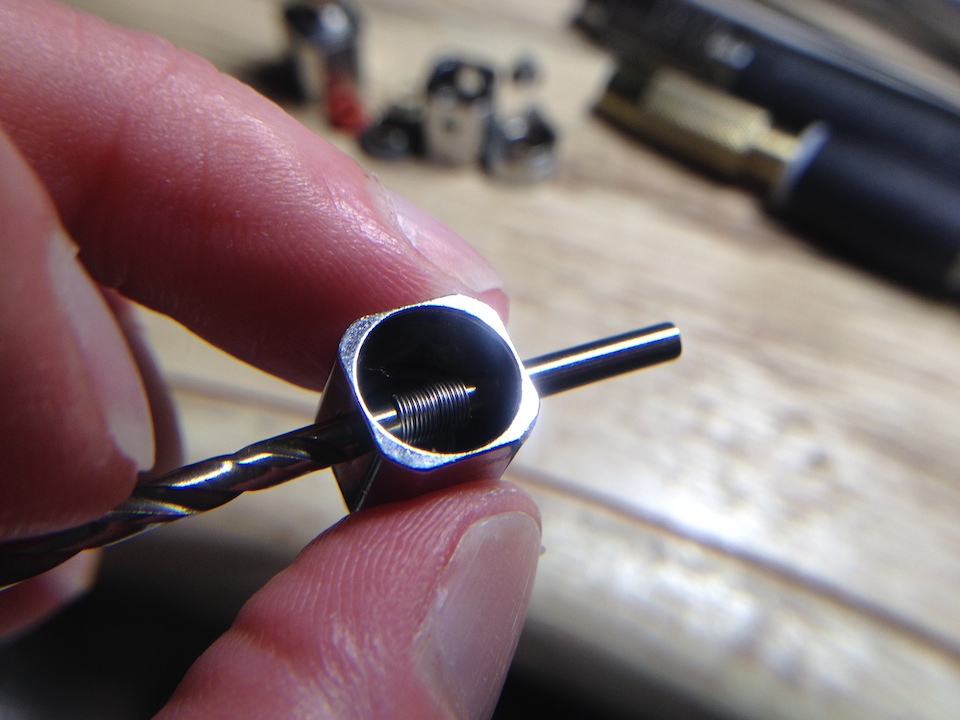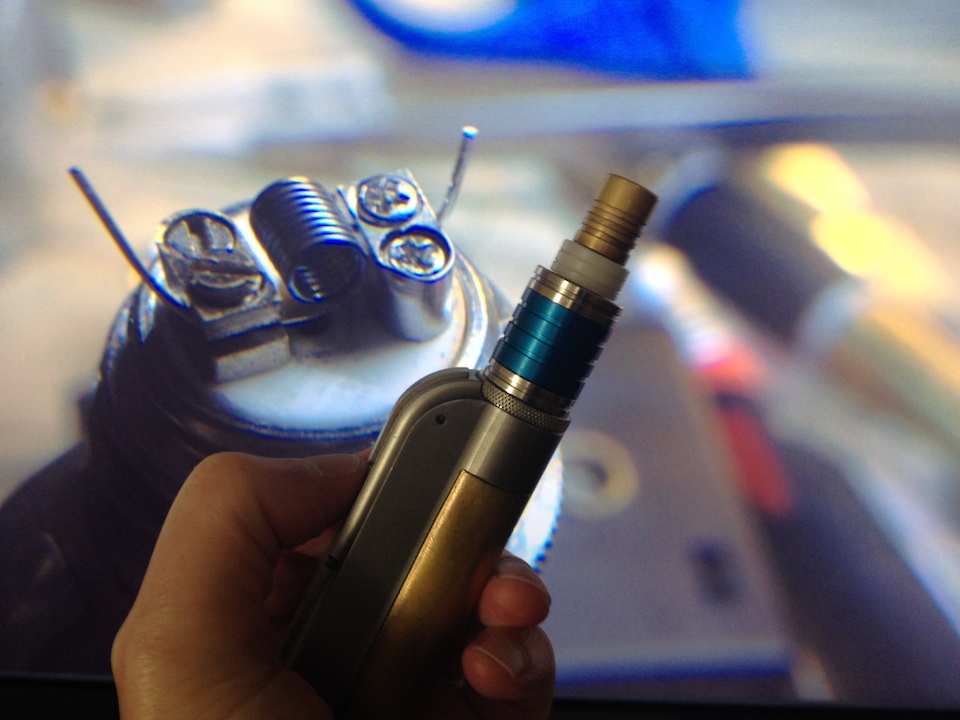Nice one there Mac! ^ yes and I've never gotten a single nickle or even any mention of credit for that matter on the micro coil by those who have profited immensely from it. All I get is an outstandingly great vape, encountered some really good acquaintences here and there and prolly opened a few doors for me. Also a lot of loyal and cool followers on my YouTube maybe. Been bashed a bunch and one insulting tool even threatened to sue me, get this, for my safe vaping for mechanical mods video - claiming that his kid after watching that vid had a battery explode on him. Lol.
So I have removed some content that is somewhat dated as means and methods have evolved and continue to make vids about products I like.
If I don't like it I don't make movies about it and I can like stuff better than stuff I once thought was the greatest thing. Some people have a hard time with that too. What can I do. I try to make myself happy first and it's my coin that I'm spending so I spend it on what I want.
It's a quickly evolving landscape and these days anyone with a phone is making vape vids so I just do my thing and hopefully along the way someone might benefit from it being it the watcher or the guy who's stuff I'm videoing.
My benefits are about $28 per month in YT add revenue, praise from modders and an occasional little gift of a killer door to a mod (or something similar - like maybe a lil discount on a purchase) or maybe not have to F5 to buy a mod or an atty I want but maybe buy directly. But it's a hobby to me so anything I get is just a bonus. How many hobbies do people get any return whatsoever on? I get to talk with some of the world's top modders, get to get ayuss kicking stuff and the fact that people actually watch my videos really uplifting. Y'all rock.
I'm glad you are here doing what you do and remain the proponent and advocate of simple and effective means to build and create a killer vaping coil and wick.
Rock on @MacTechVpr
So I have removed some content that is somewhat dated as means and methods have evolved and continue to make vids about products I like.
If I don't like it I don't make movies about it and I can like stuff better than stuff I once thought was the greatest thing. Some people have a hard time with that too. What can I do. I try to make myself happy first and it's my coin that I'm spending so I spend it on what I want.
It's a quickly evolving landscape and these days anyone with a phone is making vape vids so I just do my thing and hopefully along the way someone might benefit from it being it the watcher or the guy who's stuff I'm videoing.
My benefits are about $28 per month in YT add revenue, praise from modders and an occasional little gift of a killer door to a mod (or something similar - like maybe a lil discount on a purchase) or maybe not have to F5 to buy a mod or an atty I want but maybe buy directly. But it's a hobby to me so anything I get is just a bonus. How many hobbies do people get any return whatsoever on? I get to talk with some of the world's top modders, get to get ayuss kicking stuff and the fact that people actually watch my videos really uplifting. Y'all rock.
I'm glad you are here doing what you do and remain the proponent and advocate of simple and effective means to build and create a killer vaping coil and wick.
Rock on @MacTechVpr










